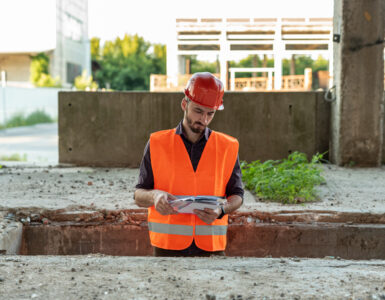In the serene enclave of Hopewell Junction, NY, where rural charm meets modern living, septic systems quietly perform a vital task: treating and disposing of wastewater. While the components of a septic system are often visible above ground, the unseen hero in this equation is the soil beneath. Understanding the role of soil composition is paramount for ensuring efficient septic pumping in Hopewell Junction NY, and maintaining the health of these essential systems.
The Influence of Soil Composition
Soil composition plays a pivotal role in the functionality of septic systems, particularly in Hopewell Junction’s diverse landscape. The ability of soil to absorb and treat wastewater directly impacts the performance and longevity of septic systems. Different soil types, such as sandy, loamy, or clayey soils, exhibit varying degrees of permeability and filtration capacity, affecting how effectively wastewater is treated before reentering the environment.
Permeability and Drainage
One of the primary considerations when assessing soil composition for septic system installation is permeability. Permeable soils like sandy loam allow water to pass through quickly, facilitating efficient drainage and filtration. In contrast, clay soils have lower permeability, resulting in slower drainage and an increased risk of waterlogging. Understanding the permeability of the soil is essential for determining the appropriate size and design of the drainfield, where treated wastewater is dispersed and absorbed.
Treatment Capacity
In addition to permeability, soil composition influences the treatment capacity of septic systems in Hopewell Junction. The soil acts as a natural filter, removing contaminants and pathogens from the effluent as it percolates through the layers. Sandy soils with larger particles offer better filtration, while clay soils may need help effectively treating wastewater due to their fine texture and propensity for compaction. Assessing the treatment capacity of the soil ensures that effluent is adequately purified before entering groundwater or surface water sources.
Site Evaluation and Soil Testing
A thorough site evaluation and soil testing process are essential before installing a septic system in Hopewell Junction, NY. Qualified professionals assess soil texture, structure, depth, and seasonal water table levels to determine suitability for septic system installation. Soil tests, including percolation tests and soil borings, provide valuable data to inform the design and placement of septic components, optimizing system performance and minimizing environmental impact.
Balancing Environmental Protection and System Efficiency
Achieving a balance between environmental protection and system efficiency is paramount in septic system design and maintenance. Proper soil assessment ensures that wastewater is effectively treated without compromising the integrity of the surrounding ecosystem. Regular maintenance, including scheduled septic pumping in Hopewell Junction NY, helps prevent system failures and mitigates potential environmental hazards associated with poorly functioning septic systems.
Conclusion
As homeowners in Hopewell Junction, NY, embrace the tranquility of rural living, understanding the role of soil composition in septic system functionality is essential. By recognizing the influence of soil permeability and treatment capacity, homeowners can make informed decisions to safeguard the health of their septic systems and protect the environment for future generations. Remember, septic pumping in Hopewell Junction NY, is not just a routine maintenance task—it’s a crucial step towards ensuring the longevity and efficiency of your septic system.














